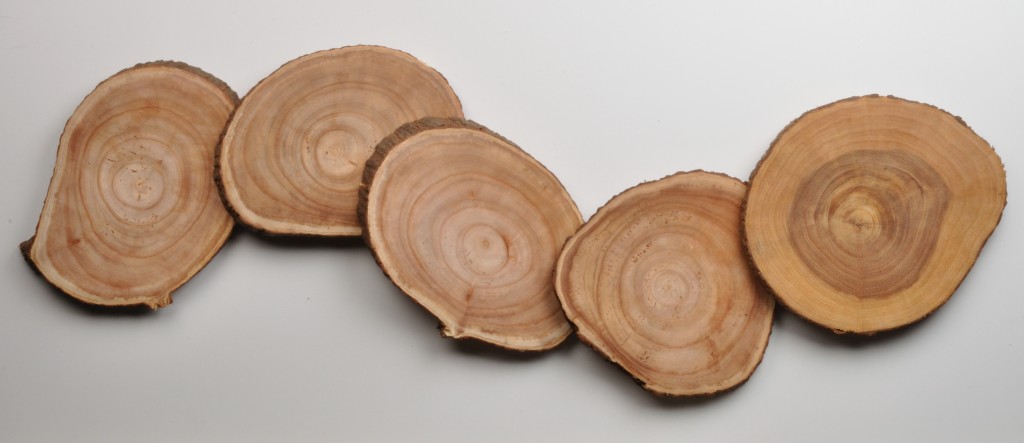When most of us think of modern furniture, we think of adjectives like: low, minimal, simple. Those are all appropriate descriptors, and sometimes the hardest part of choosing which modern coffee table is right for you is finding the right style. Furniture is no different from many consumer goods in that you can create a beautiful functional piece of furniture for a very reasonable amount of money, or you can spend a small fortune on one. Starting with a great piece of wood can help you avoid spending a fortune.
One of our favorite modern wood coffee table styles is just a simple wood top with some sturdy legs or a frame supporting the tabletop. A horizontal section of wood is one of the oldest and most classic design ideas. For those of us who love trees and wood products letting the wood remain the focus of the coffee table is a perfect balance between natural beauty and modern design. After all, the mid-century modern movement was all about taking furniture and architecture back to simple lines and simple materials.
At this point, let’s step away from the aesthetics and talk about composition. If you’re going to build a modern wood coffee table blending a wood top and metal supports, start with the tabletop. Talk to your local lumber yard and find out what wood they carry. If you’re not sure what type you’ll like, take a trip out and see if anything speaks to you. Once you have a piece you think will work, decide what type of supports you’d like. Our customers commonly use hairpin legs or bench supports, but we can build a custom frame for your piece as well…just get in touch and let us know what dimensions you’re looking for. Once you’ve ordered legs, you’ll have some time to sand and seal the wood. You can sand by hand or use an electric sander…just make sure you keep the sander moving to avoid creating patterns which might draw attention away from the wood grain. Sealing the wood is as simple as choosing a sealant and giving it two or three coats.
Once your legs or supports arrive, attach the metalwork to the finished wood with the right wood screws (1/4 to 1/2 inch less than the wood depth), and you’re done!

